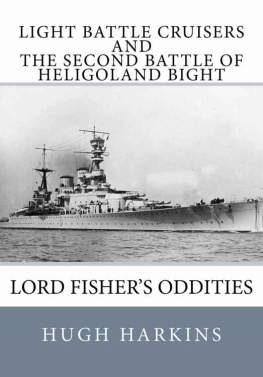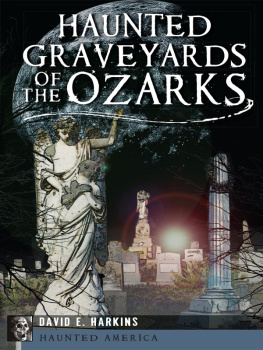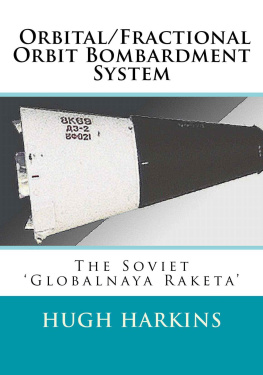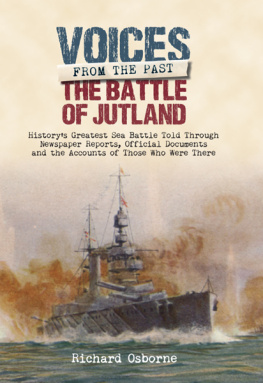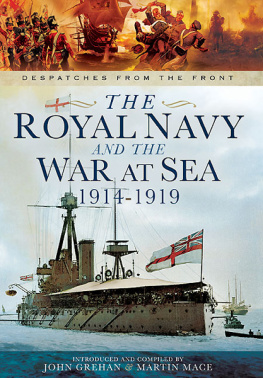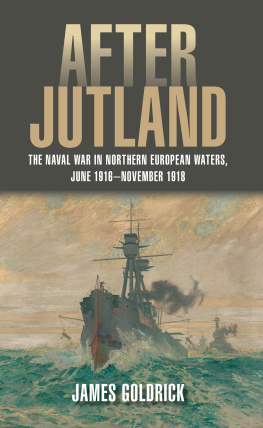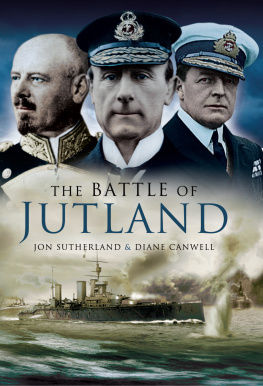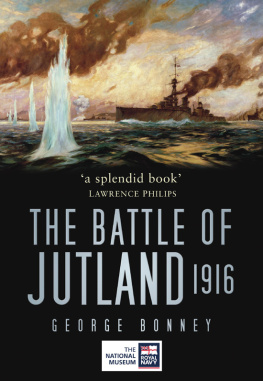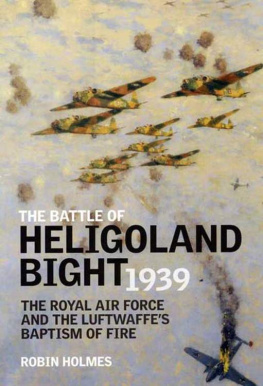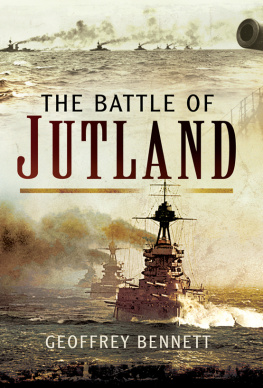Light Battle Cruisers
And
The Second Battle of Heligoland Bight
Lord Fishers Oddities
Hugh Harkins
Copyright 2015 Hugh Harkins
All rights reserved.
ISBN: 1-903630-52-5
ISBN-13: 978-1-903630-52-5
Light Battle Cruisers
And
The Second Battle of Heligoland Bight
Hugh Harkins 2015
Published by Centurion Publishing
Glasgow
United Kingdom
ISBN 10: 1-903630-52-5
ISBN 13: 978-1-903630-52-5
This volume first published in 2015
The Author is identified as the copyright holder of this work under sections 77 and 78 of the Copyright Designs and Patents Act 1988
Cover design Centurion Publishing & Createspace
Page layout, concept and design Centurion Publishing
The traditional start of chapter on the recto side only has been intentionally disregarded; chapters starting on either the recto or versa side as required in the interests of the environment
All rights reserved. No part of this publication may be reproduced, stored in a retrieval system, transmitted in any form, or by any means, electronic, mechanical or photocopied, recorded or otherwise, without the written permission of the Publisher
The Publisher and Author would like to thank all organisations and services for their assistance and contributions in the preparation of this publication
CONTENTS
INTRODUCTION | |
| THE BIRTH OF THE BATTLE CRUISERS | |
| THE LIGHT BATTLE CRUISERS | |
| THE SECOND BATTLE OF HELIGOLAND BIGHT | |
| POSTSCRIPT | |
APPENDICES | |
GLOSSARY | |
BIBLIOGRAPHY | |
introduction
The naval engagement often referred to as the Second Battle of Heligoland Bight, fought on 17 November 1917, between elements of the British Grand Fleet and elements of the German High Seas Fleet, is often sidelined from history. While not being the major clash of fleets like the Battle of Jutland the previous year, or a decisive victory for one side or the other as was the case with the Battle of Heligoland Bight in August 1914, or indeed the battles of Coronel and the Falkland Islands in November and December 1914 respectively, it is significant in being the last naval battle of the war in which capital ships of the opposing British Grand Fleet and the German High Seas Fleet were engaged. Perhaps of more significance, this was the only time that Lord Fishers controversial oddities, the Light Battle Cruisers of the Renown and Courageous Classes engaged enemy warships in battle during the war.
Never, perhaps, in the annals of naval history has there been more controversial Classes of vessels, particularly with the Courageous Class and the unique HMS Furious . Often referred to as Battle Cruisers, Lord Fisher, and the Admiralty, referred to them as Light Battle Cruisers, while the Courageous Class became known as Large Light Cruisers, an epitaph attacked after the war, while the Renown Class were simply referred to as Battlecruisers, and the Furious was completed as a quasi-aircraft carrier. In his own writings Lord Fisher stated that he was considered senile and autocratic for pushing ahead with the Light Battle Cruisers, or Monstrous Cruisers as they had been labelled in some areas of Parliament.
This volume sets out to describe the Light Battle Cruisers genesis and briefly outline their development and fielding in the years immediately before the action of 17 November 1917. Chapter 3 details the Second Battle of Heligoland Bight from both the German and British viewpoints, drawing on references from operational documents to support the fact that the oft-stated engagement between HMS Repulse and two German Dreadnought Battleships did not actually take place, dispelling the myth that such an engagement took place during the battle; a myth that has endured for almost 100 years.
Many Admiralty Documents were produced with various nomenclature for describing Squadrons or Flotillas, such as First Battle Cruiser Squadron or 1 st Battle Cruiser Squadron. The nomenclature chosen for this volume is 1 st rather than First with a few exceptions. It should also be noted that specifications for various vessels changed on the drawing board and during construction, with other changes introduced in service, resulting in many documents being produced with conflicting figures.
Chapter 1 draws on abbreviated text from British Battlecruisers of World War 1, an Operational Log, 2013.
The BIRTH OF THE Battle cruisers
The catastrophic blowing up and sinking of three British Battlecruisers at the Battle of Jutland on 31 May 1916 sealed the British Battlecruisers epitaph in naval history. Flawed designs that should not have been built; words that have echoed through almost one hundred years of history. The seeds of this flawed premise were firmly sown that fateful day that saw the tragic loss of the ships, and almost to a man, their ships complements. Yet these ships were lost in a line of battle engagement and not in the type of action that they were designed for; engaging enemy light forces and Cruisers ala the Battle of Heligoland Bight on 28 August 1914, when several German Light Cruisers and Torpedo Boat Destroyers were sunk, and The Battle of The Falklands Islands in December 1914, when the Invincible Class Battlecruisers HMS Invincible and Inflexible sank the German Armoured Cruisers SMS Scharnhorst and Gneisenau these being the operational scenarios envisioned for the Battlecruiser way back in 1906 when they were still being referred to as All-Big-Gun Armoured Cruisers. Volumes could be filled with the tactics and scenarios envisioned for this new class of warship, which would effectively be the bridge between the lumbering, slow, line of Battle Ship to the fast Battleships that could keep pace with, and in some cases, overhaul Light Cruisers, and the later 1920s Class of Warship, the Heavy Cruiser. In this respect then, Lord Fishers controversial Battle Cruisers had proven to be a success. The losses at Jutland were caused by the ships being in the line of Battle for which they lacked armour protection, and because of flawed practices in the handling and storing of cordite charges.
Towards the end of the 19 th Century and in the first few years of the 20 th Century, the two power standard that the Royal Navy was being prepared for was in most circles considered to be war with France and Russia in an Alliance. With the Entente Cordial between Britain and France in 1904 this seemed far less likely, but new enemies were emerging with Germany and the United States of America both vying for second place in the naval power ranks, a position which France was fast relinquishing. History has shown that Germany took the number two sea power position, with the United States taking third place. For Britain, a real threat would emerge with a German-United States Alliance. It was evident within the British establishment that evanescent quarrels with the United States were likely in the future, and that a parricidal war with the United States could not be ruled out as that young nation had many territorial ambitions; some of which would inevitably bring her into conflict with the British Empire if she were to act on them, not least her long standing plans to invade and subjugate the self-Governing Dominion of Canada.
Japan, which was a fast rising naval power in the Far East, had an alliance with Great Britain, which would have a constraining effect on any ambitions the United States may have harboured about becoming involved in a confrontation between Britain and any other major power. However, it was Lord Fishers belief, not without foundation, that of the three largest naval powers following Britain; France, Germany and the United States, that any combination of two of these powers would hesitate to attack Britain, such was Britains naval supremacy in the first few years of the new Century. He went on to state that if any combination of two of these powers had attacked Britain, then they would have been defeated by British Naval Power without the assistance of our Japanese allies. That said, while confident in British naval supremacy at that time, Lord Fishers writings make it clear that he was aware that the future of that supremacy would be under threat by the growing naval strength of other naval powers on both sides of the Atlantic.
Next page
